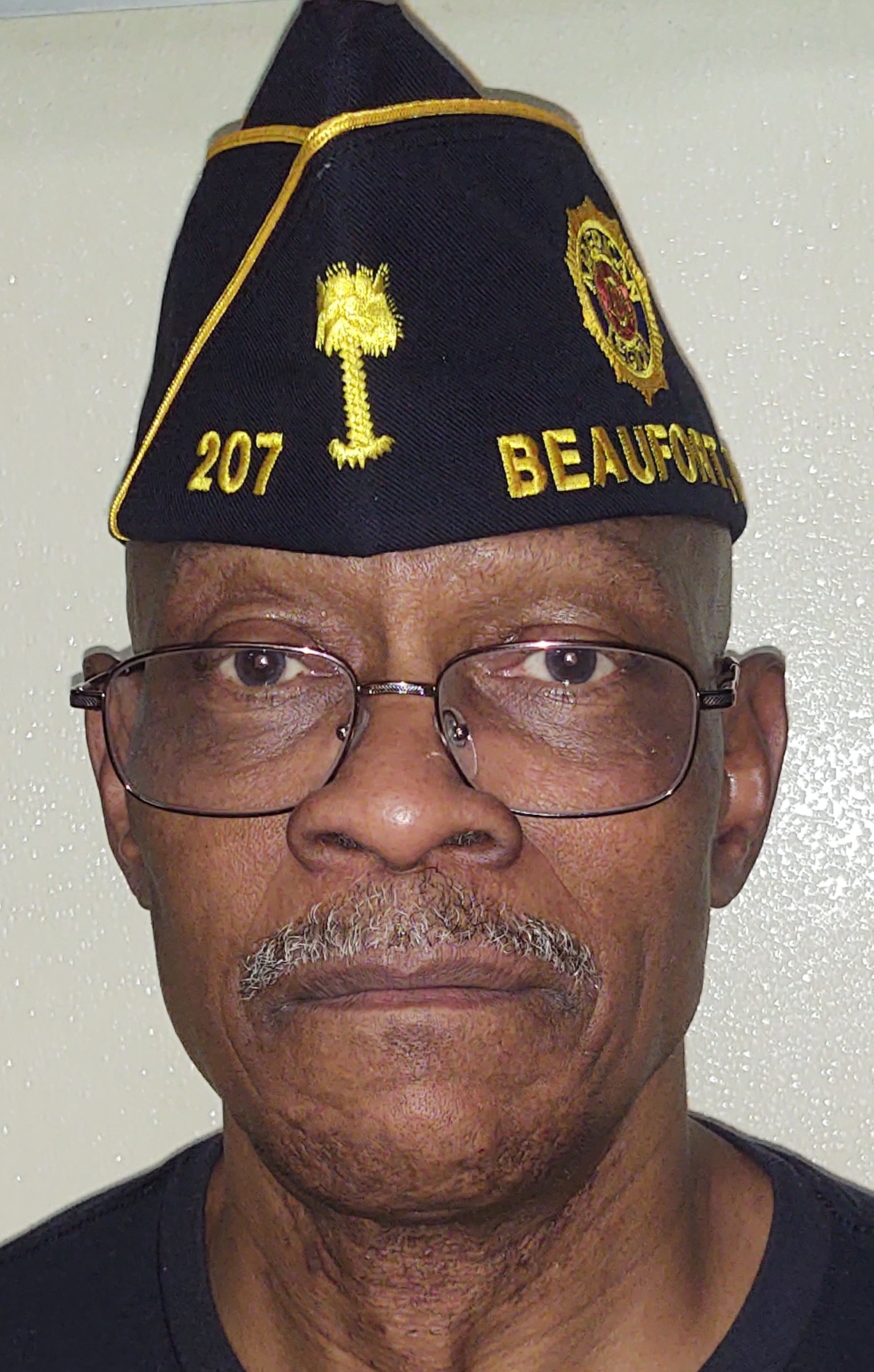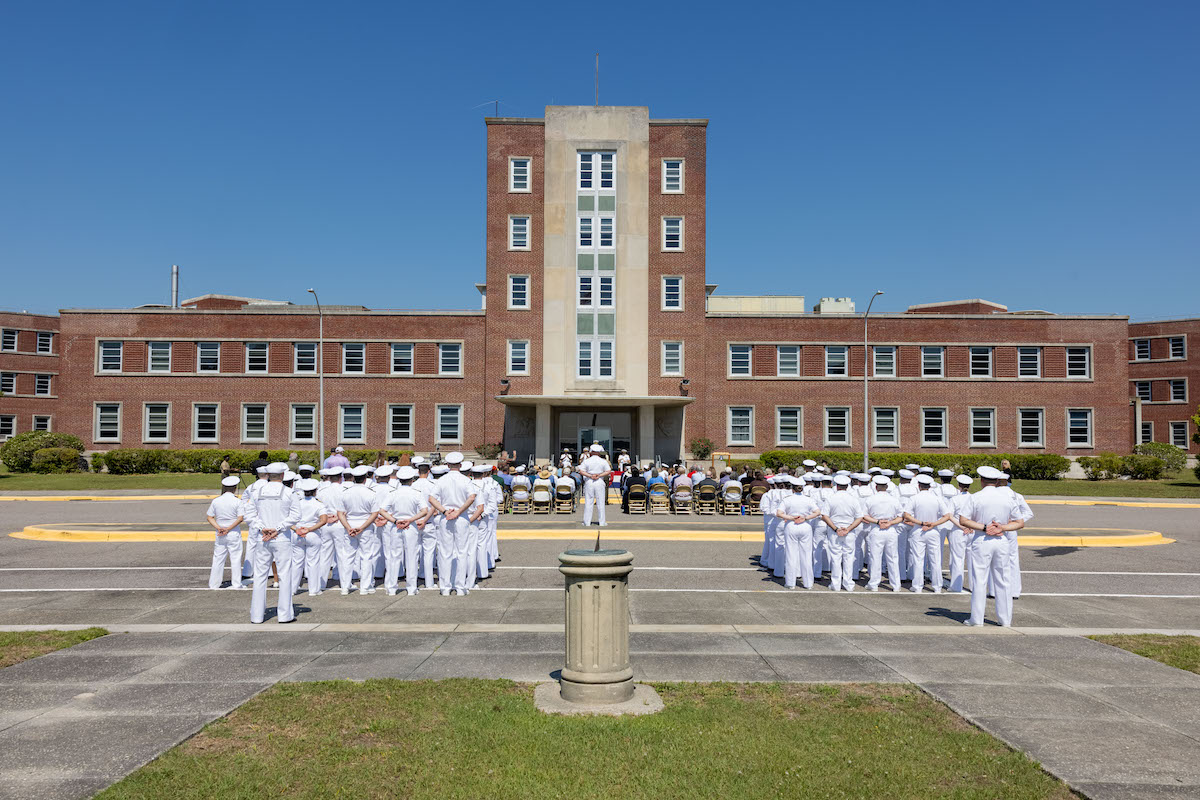By Larry Dandridge
This is the final part of a two-part article on military service-connected disability compensation claims. The goal of this series is to provide helpful information about service-connected disability claims.
Suggestion 2: Use a VA-accredited VSO (or Attorney or Claims Agent). Veterans should contact a local County or State Area Veterans Affairs Office and Veterans Service Officer (VSO) to get help filing claims for veterans’ benefits.
VSOs provide free services. VA-accredited attorneys and claim agents can (and usually do) charge for their services. County VSOs and independent VSOs are swamped with requests for assistance, so veterans should call and make an appointment. Veterans can only have one VA-accredited person represent them to the VA at any one time. Learn more at https://www.benefits.va.gov/vso/.
Find:
- S.C. County VSOs at https://bit.ly/3qbLVSL.
- Georgia VSOs at https://bit.ly/44KMVA7.
- VA-accredited representatives nationwide at https://bit.ly/3QnCk5M.
- VSOs at VA Regional Offices at https://bit.ly/3TahNn1.
Suggestion 3: Make a list of your service-connected conditions. Veterans should make a list of their service-connected conditions that developed before, during, and after military service. Service-connected conditions can include:
- Wounds (From bullet, blast, fire, cold, shrapnel, glass, plexiglass, etc. Traumatic brain injuries, severe hearing loss, scars, nerve damage, chronic back pain, loss of range of motion, etc.).
- Injuries (From every kind of accident and injury including back sprains/fractures, strains/fractures, compression fractures, broken bones, mental traumas, etc.),
- Illnesses and health conditions (Cancers, asthma, hepatitis, malaria. diphtheria, hypothyroidism, sleep apnea, arthritis, Parkinson’s, ulcers, and others, and mental health conditions like Military Sexual Trauma, PTSD, Anxiety, etc.),
- Hazardous material contamination caused Injuries and illnesses. (Caused by Agent Orange, burn pits, asbestos, radiation, etc.).
- Disabilities that appear within one year after discharge. If a veteran has certain long-lasting conditions that started within 1 year after their discharge from military service, they may be eligible for VA disability compensation. Eligible conditions include high blood pressure (hypertension), arthritis, diabetes, or peptic ulcers. Learn more at https://bit.ly/3KPYQoe.
Suggestion 4: Make a list of the symptoms for each service-connected condition. Veterans should make a list of their symptoms, pain level, and range of motion limitations for each of their service-connected conditions.
Suggestion 5: Make a list of the medications you are taking. Veterans should make a list of all the medications they take for each of their service-connected conditions to use as evidence supporting their claim.
Suggestion 6: Learn about before, during, and after service-connected claims. Veterans can claim based on when the injury or illness took place:
- Before service and worsened. Conditions veterans had before they joined the military, which has “worsened” by military service,
- During service. Conditions that were caused by military service and happened while the veteran was serving, and
- After service. Conditions that showed up after separation from service and were caused by your active-duty service – like the long-delayed illnesses and injuries caused by Agent Orange, asbestos, radiation exposure, burn pits, contaminated water, and other HAZMAT.
Suggestion 7: Learn about secondary (injuries and illnesses) conditions. Veterans can file a secondary claim to get more disability benefits for a new disability that’s linked to a service-connected disability they already have. Veterans might file a secondary claim if they develop arthritis that is caused by a service-connected knee injury or develop migraine headaches caused by Traumatic Brain Injuries.
Suggestion 8: Learn about the categories of service-connected claims. Learn about Secondary Claims, Fully Developed Claims, Original Claims, Increased Claims (Worsening Conditions), New Claims, Special Claims (special needs), Supplemental Claims, Pre-Discharge Claims, and Appeals at https://bit.ly/3m6K3M9.
Suggestion 9: Sign up for VA Healthcare. Sign up online, at the closest VA Medical Center, or at the closest VA CBOC (Community-Based Outpatient Clinic) and start using your VA healthcare for each of your service-connected disabilities.
Suggestion 10: Get letters (evidence) from Your Medical Providers. Ask each of your doctors, physician assistants, nurse practitioners, and healthcare specialists (Physical Therapists, etc.) to write supporting letters stating your diagnosis and the cause of the problem being service-connected.
Suggestion 11: If eligible get registered and get a free exam with the VA’s Hazardous Material Registries. Contact your local VA Environmental Health Coordinator and schedule a free HAZMAT Examination at your closest VA Medical Center. There are VA Registries for: (1.) Agent Orange, (2.) Ionizing Radiation, (3.) Airborne Hazards and Open Burn Pits, (4.) The Gulf War, (5.) Depleted Uranium Follow-Up Program, and (6.) Toxic Embedded Fragment Surveillance. Health Exam and Enroll in the Agent Orange Registry.
The acting Environmental Health Coordinator (EHC) at the Ralph H. Johnson VA Medical Center is Contact RN Jill Cleary at jill.Cleary@va.gov. Once you have been examined and registered, your EHC will give you a supportive letter that you can use as evidence in filing for presumptive conditions like cancers, high blood pressure, and more. Learn more at the VA’s Public Health Military Exposures & Coordinators web page https://bit.ly/3JAp4cy and https://bit.ly/3Rrz3E8.
Suggestion 12: Become an expert in presumptive conditions for toxic exposure. To get a VA disability rating, veterans’ disabilities must connect to their military service. For many health conditions, veterans need to prove that their military service caused their condition.
However, for some conditions, the VA automatically assumes that the veteran’s service caused their condition. The VA calls these “presumptive conditions.” The VA considers a condition presumptive when it is established by law or regulation.
If a veteran has a presumptive condition, the veteran does not need to prove that their service caused the condition. The veteran only needs to meet the military service requirements for the presumption and be diagnosed with the condition. Learn more at https://bit.ly/3ARbVrn.
The bottom line
Ask your local VSO to explain your federal (VA) and state (S.C., Ga., etc.) veterans’ benefits, and then ask the VSO to help you file for your benefits.
If you are still serving in the military and you have less than 180 days left on active duty, you can file a claim for a service-connected disability. Learn more at https://bit.ly/3vmbvaa.
Do not go to sleep after being awarded a VA service-connected disability. Expect some or all of your service-connected disabling conditions to get worse. As those conditions worsen, ask a VSO to help you submit a new claim for worsening conditions.
Sign up for VA health care and make appointments with a VA specialty doctor who can treat each of your service-connected conditions. Start with asking for treatment for any mental health conditions you have – having a healthy mind will go far towards having a healthy body, a healthy marriage, a successful job, and a happy life.
Larry Dandridge is a Vietnam War wounded warrior, disabled veteran, ex-Enlisted Infantryman, ex-Warrant Officer Pilot, and retired Lt. Colonel. He is a past Veterans Service Officer, a Patient Adviser at the RHJ VA Hospital, the Fisher House Charleston Good Will Ambassador, and the VP for Veteran Affairs for the local Army Association Chapter. Larry is the author of the award-winning book Blades of Thunder and a contributing free-lance writer with the Island News. Contact him at LDandridge@earthlink.net or 843-276-7164.








